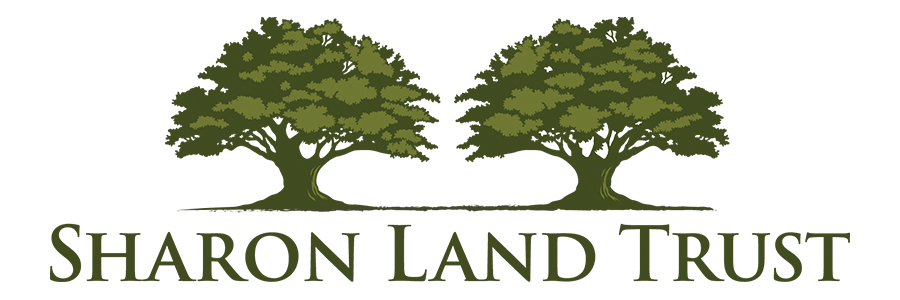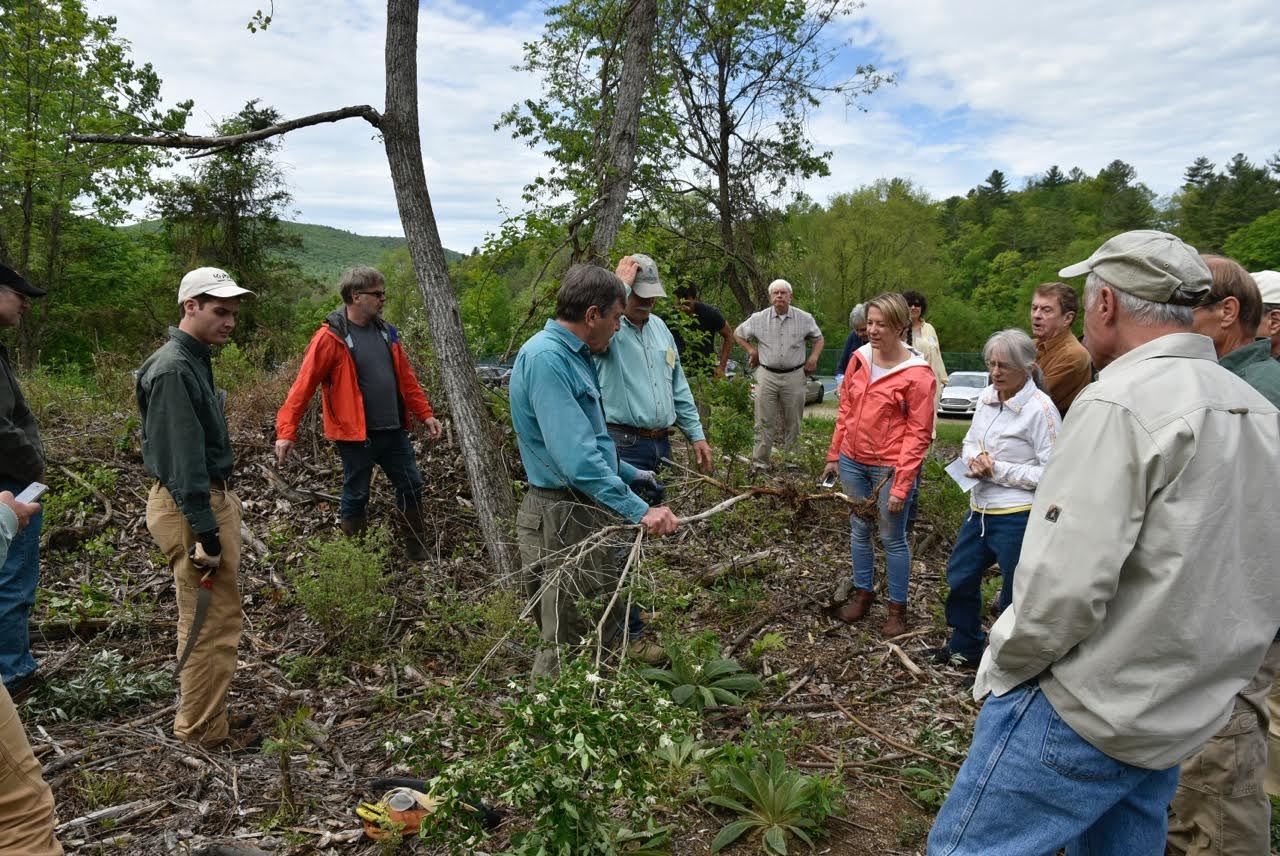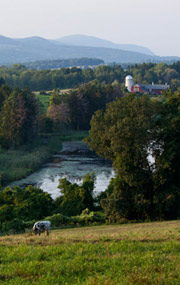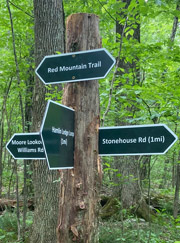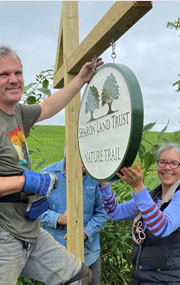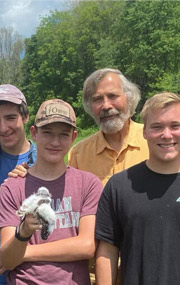Over 50 people attended the two invasive workshops on may 20th, including representatives from land trusts, town commissions, and homeowners. Many were inspired to attend by the recent Doug Tallamy lecture, How Native Plants Support Wildlife, which is now available on the Salisbury Forum website.
Half a dozen invasive landscape professionals added to the rich discussion about mechanical and chemical management techniques. At the HVRHS site, six invasive plants were identified that had ravaged their landscape and recreational trails. The group examined the process of natural regeneration by native plants in the aftermath of removal of invasive monocultures.
At Sharon LT, Mary Moore preserve, the limits of mechanical uprooting were demonstrated. The tour culminated at the base of the Connecticut Champion Chinkapin Oak, which had been saved from the reach of hundred foot vines that had begun to smother the upper canopy. The roots of those vines were killed and the tree was saved two years ago with the application of about two ounces of properly applied herbicide.
Roger Liddell, Sharon Land Trust board and Stewardship Committee member, “Saturday’s event was an excellent example of Sharon Land Trust’s benefit to the local community. Participants were able to question acknowledged experts in restoring landscapes, become familiar with various invasives, greet our state-champion Chinkapin Oak, and take in the majestic panorama.
Michael Benjamin, stewardship coordinator for Kent Land Trust, commented, “The workshops dove deep into the where, when, how, and why of invasive plant management. Tom [Zetterstrom] is a fountain of invasives knowledge! I learned several techniques applicable to ongoing Kent Land Trust projects.”
